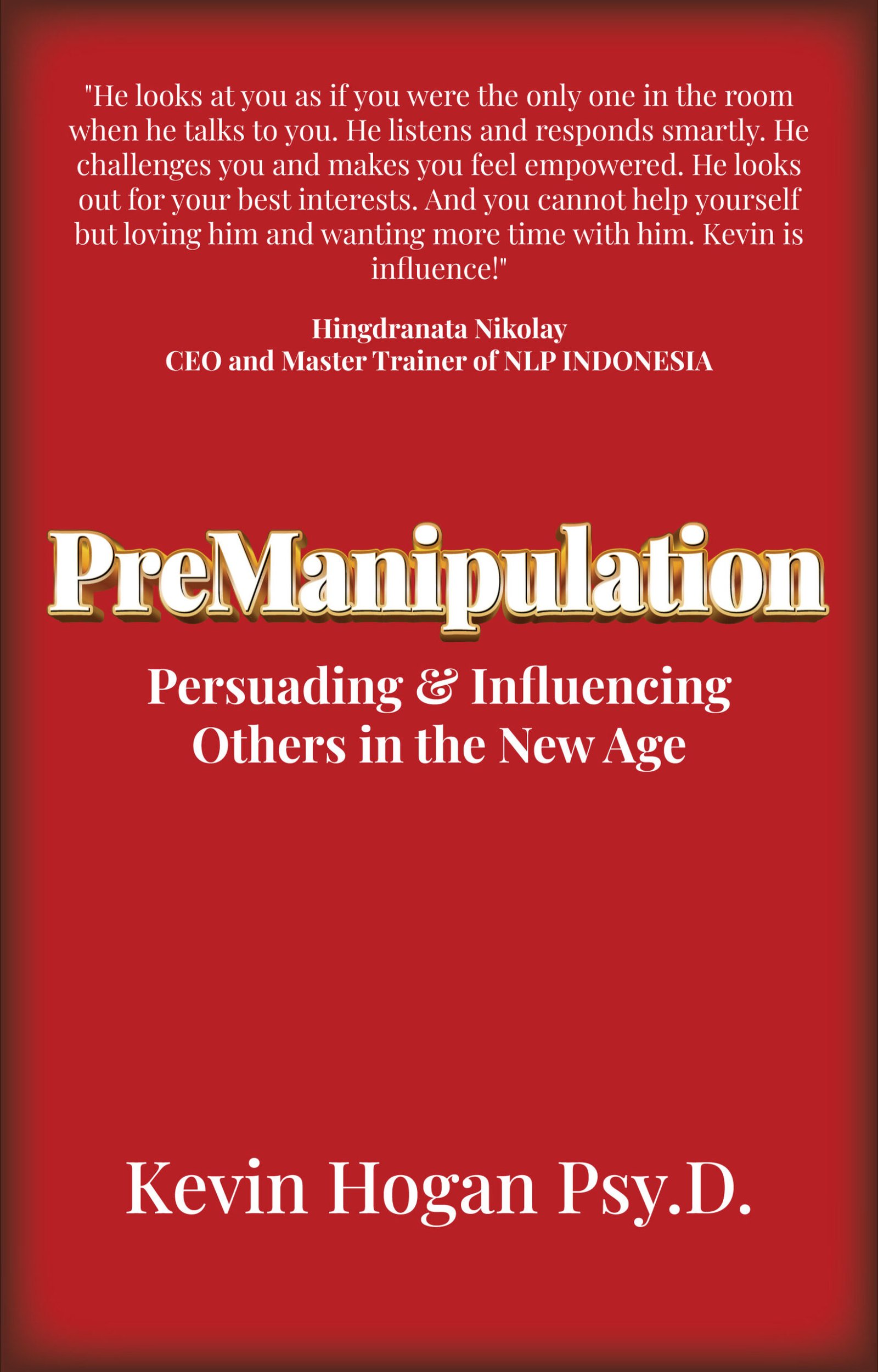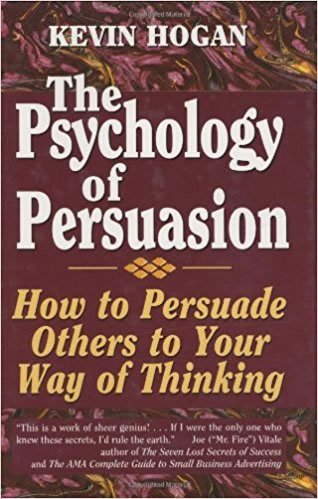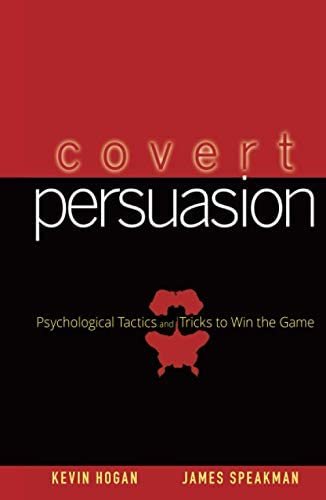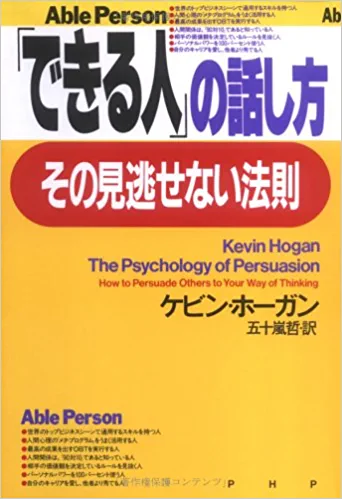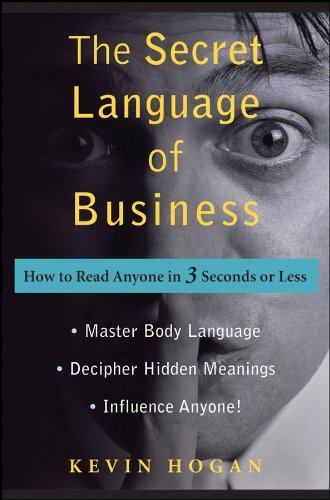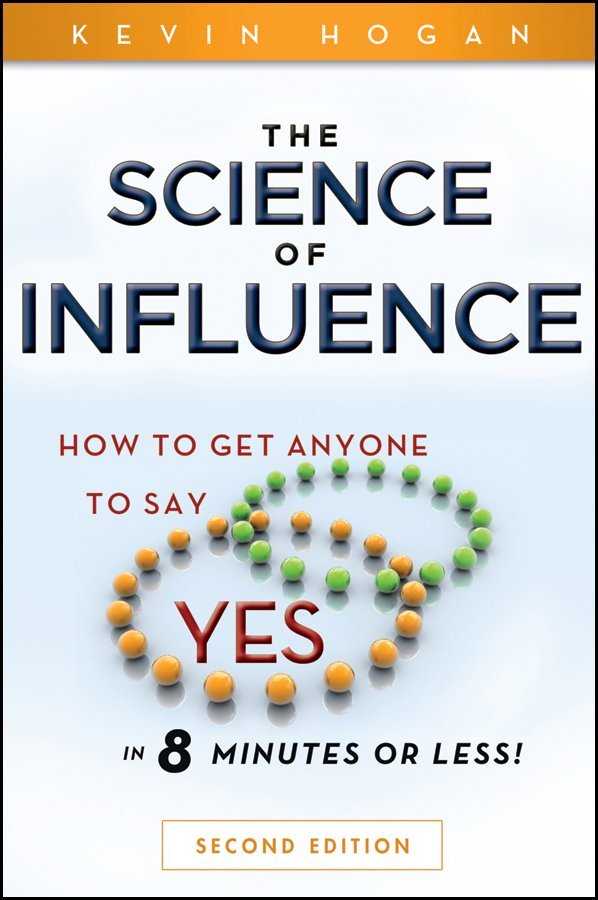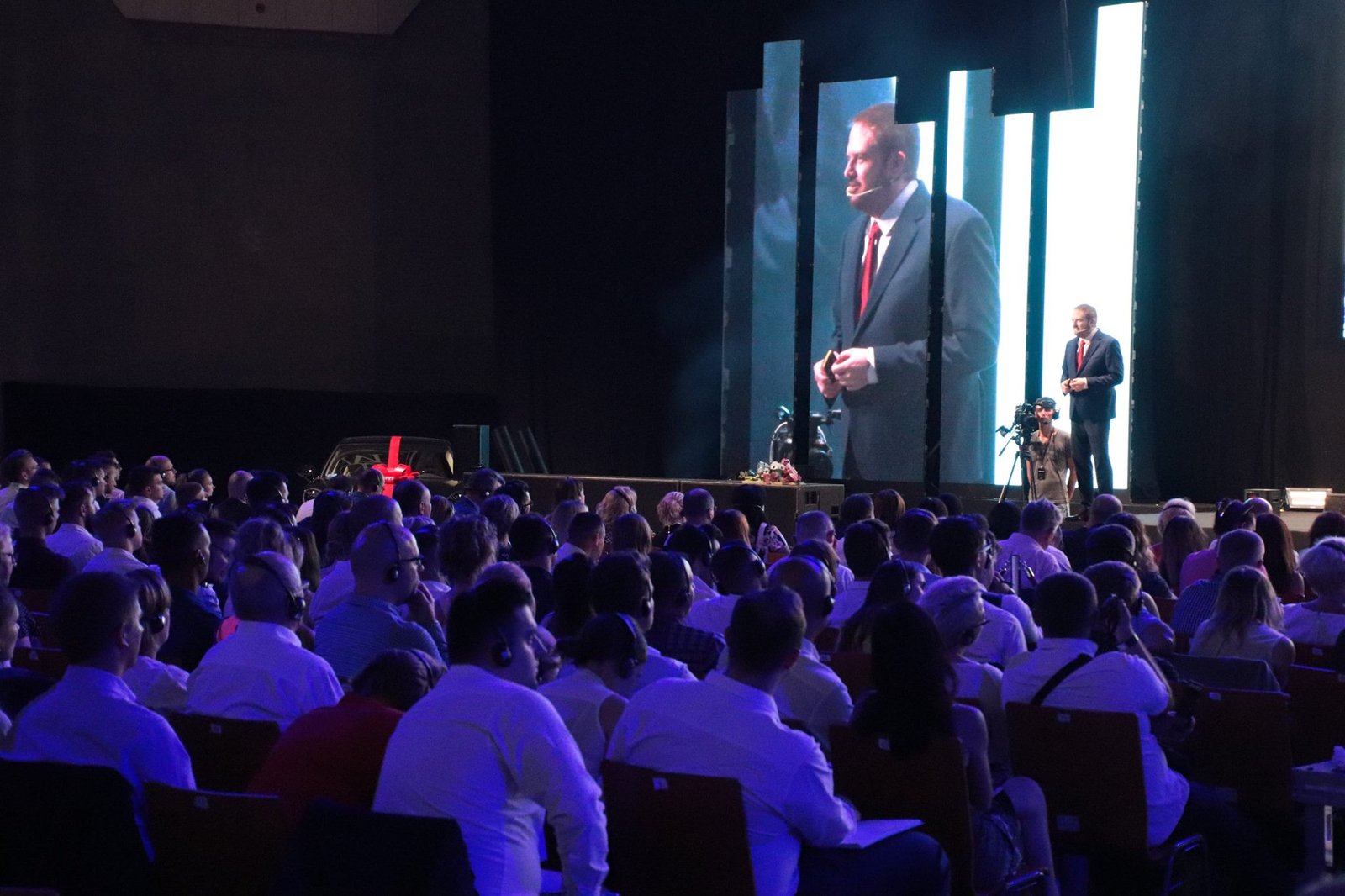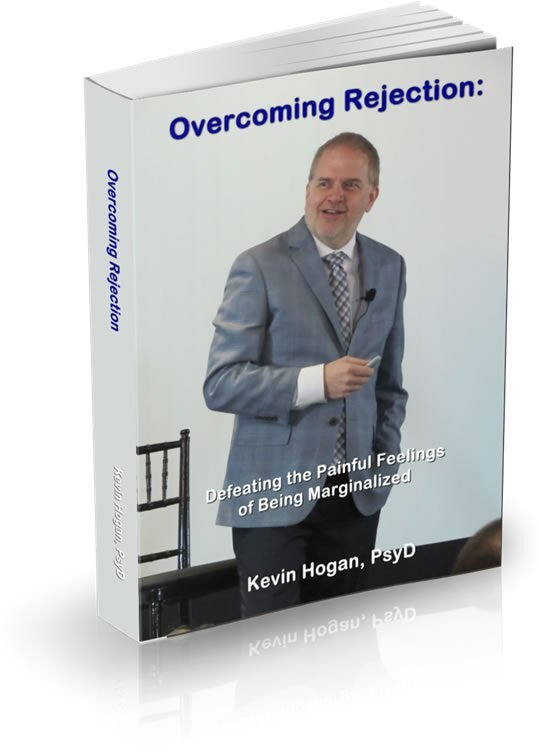Nonverbal communication is the foundation of liking and rapport. Here are fundamentals of the nonverbal aspects of both rapport and liking
What You Wear?
An individual’s dress and grooming can help make someone feel comfortable or out of place. How we dress in large part determines how much people will trust and like you. when they first meet you. Each situation has a proper manner of dress affiliated with it. It may seem inauthentic to dress in a certain manner to set people at ease, but indeed it is very authentic. You are dressing a certain way to help the people you communicate with feel comfortable. You have gone beyond your needs and desires,to address those of others.
I was a Sophomore at the University of Wisconsin and was taking a class called “Nonverbal Communication.” Half the grade in the class was to be based upon a paper each person would write after accomplishing research in the field of nonverbal communication. The paper was like a mini-thesis. My idea was to test to see how a person dresses would correlate to how rapidly you would get waited on in a retail environment.
I enlisted a friend to help me. What we did was play roles. I was the engaged bachelor who was looking for engagement rings. He was my best-man-to-be. We went to numerous jewelers all over the Minneapolis-St.Paul area to compare how long it would take us to get waited on depending on what we were wearing. At half of the stores we went to, we would wear jean jackets, t-shirts and blue jeans. At the other half of the stores, we both wore coats and ties with dress shoes.
What we did was first measure the time it took us to get waited on and then ultimately we asked the value of the most expensive diamond they would take out of the vault without calling a security person to be with the sales person while they showed us the diamond.
When we dressed in coat and ties we were waited on almost three times as quickly as when we were dressed in jeans. When we asked to see the most expensive diamonds the store had available, we would see diamonds that were almost five times as expensive than when we wore jeans before they had to call an extra security guard to show the diamond with them.
There was no question that how you dress correlates to the quality, comfort and speed of service you receive. Research in this aspect of life shows that our simple little experiment was right on target.
Vocal Cue
It is best to gain rapport by matching the same rate and tone of voice that your fellow communicator is using. It is not necessary to mimic the other person, simply alter your speech patterns in the direction of the other person.
My personal tendency is to talk very quickly and make things happen at quite a speedy clip, especially in business. This speech rate pattern works well for comedians, public speakers and anyone who has to present before groups because the person can slow down if necessary (and it usually is appropriate to do just that regularly).
Talking slowly and monotonously, for too long, is a guaranteed method of losing the respect of your audience. Over the years as a public speaker and corporate trainer, I have learned that what works best for most people delivering information or content, is some variety in pitch and pacing. When discussing topics that are particularly serious, I will slow down and be more deliberate. When speaking about light issues or something that can be made light of, I will return to my normal pace which is quite quick. Audiences have responded well to this formula and almost certainly will in the future.
Rapport, Posture and Physiology
 Your posture tells a lot about the emotions you are feeling.
Your posture tells a lot about the emotions you are feeling.
One of the most simple, yet effective methods to gain rapport, is to match the posture and physiology of your partner. You will sit or stand in a similar fashion to what their physiology is. This is called, “pacing.” You can check later in your communication to see if you are actually in rapport by “leading.” Leading means, for example, that if you are both sitting with un-crossed legs, you cross your legs. The other person will follow suit shortly, assuming you are in rapport. Once you have effectively led the other person, you can share your ideas and thoughts more constructively.
One day, I was demonstrating this technique of pacing and leading in a public presentation. I asked a man to come out of the audience to volunteer to assist me in demonstrating rapport building to the rest of the audience.
After he was seated I sat like he did and began to explain to the audience that I was intentionally slowing my breathing down, sitting straighter and crossing my arms because the gentleman was doing so. I explained that it wouldn’t be long before the gentleman would feel more comfortable and loosen up. I began asking him questions about his job, how long he had been there and general information questions about himself. I finally got him to open up with his comments about the recent elections with which I earnestly agreed with him.
As soon as his head was nodding with mine about the good luck we had in the recent election, I immediately opened up my body posture so my arms were no longer crossed. He instantly did the same thing and I immediately pointed out that I led him out as soon as I felt we had rapport.

He confirmed that he felt comfortable with me when we were talking about politics and that he wasn’t even aware that he had opened his arms.
That gentleman was returned to his chair and I asked another man to come up. This time I instructed the man that once he had attained a specific body position, I wanted him to keep it until we were done with the experiment.
He agreed to do so. He crossed one leg over there, sat in a little more of a hunched posture, and breathed even more deeply than the man before him. I assumed a mirror position. I asked him about his work and his political views, which did not match mine in any way. We switched to sports and got to talking about the Minnesota Vikings and how close they came to the super bowl one year. I asked him why he thought they couldn’t beat their next opponent and he started to tell me his opinion. As soon as he was moving, I intentionally led him by opening up my body posture. His right arm twitched when he saw my left arm open up. Everyone in the first 10 or so rows saw this and laughed. He didn’t follow through but the point was clear. He was in rapport and I had succeeded in leading him even though he didn’t actually change his body posture. He wanted to!
Breathing
Watch how and where the other person is breathing from. You can pace the person’s breathing pattern as another simple way to build rapport. People who breathe at the same rate are usually in sync with each other. When you make love with someone, your breathing is often matched breath for breath.
People sitting next to each other who watch a movie together will often breathe in synch with each other, especially if the movie is particularly dramatic or eery. Certain emotions are likely to bring about certain breathing patterns and these can be particularly useful to mirror if the opportunity arises!
All of these rapport builders lead us to an important key involving effective communication: You must often be more like others than yourself if your goal is to engage people in deep and intimate relationships.
Remember a time when you were in complete rapport with someone. This is a time that you both were almost thinking the same thing.
- Were you sitting near each other?
- Was your physiology similar?
Think of another time and answer the same questions.
When you experienced these moments of rapport with someone, did you feel that you were on a roll or experiencing enthusiasm or other intense emotion at the time?
Physical Appearance
How does your appearance speak volumes about you?
Is your dress appropriate for the context of your presentation?
How much can a person guess about you by what you wear?
Ted Nugent was a big name rock star in the 80’s. He has a certain persona which allows him to dress, adorn his body with whatever message he had for his audience and of course, he behaved differently than an “average” person in society. In fact, when you saw Ted Nugent, you expected that he would look different. How would your boss or your wife feel if you came home looking like Ted Nugent? Unless you’ve done the groundwork to build that persona, stick to what makes sense for you!
 A woman wearing a form fitting dress fits right into the expected vision when she’s being photographed for a men’s magazine, or a woman’s fashion magazine. However, if she walked into the office wearing this outfit, she’d get many appraising looks and some serious, “what are you thinking” frowns.
A woman wearing a form fitting dress fits right into the expected vision when she’s being photographed for a men’s magazine, or a woman’s fashion magazine. However, if she walked into the office wearing this outfit, she’d get many appraising looks and some serious, “what are you thinking” frowns.
Accordingly, an engineer coming in for a day at the office would look funny in anything other than a button up shirt and dress pants, wouldn’t he?
Yes, the clothing we wear, and the things we choose to adorn our bodies with have a huge impact on whomever we come in contact with on a daily basis.
Would you like to find out more secrets of body language just like these? Would you like to be the one in control of the conversation, the date, the business meeting, the sale?
With our next installment in this Body Language Power Series, we’ll talk about why people lie, and if we are all “masters of deception”!
Until next time…

